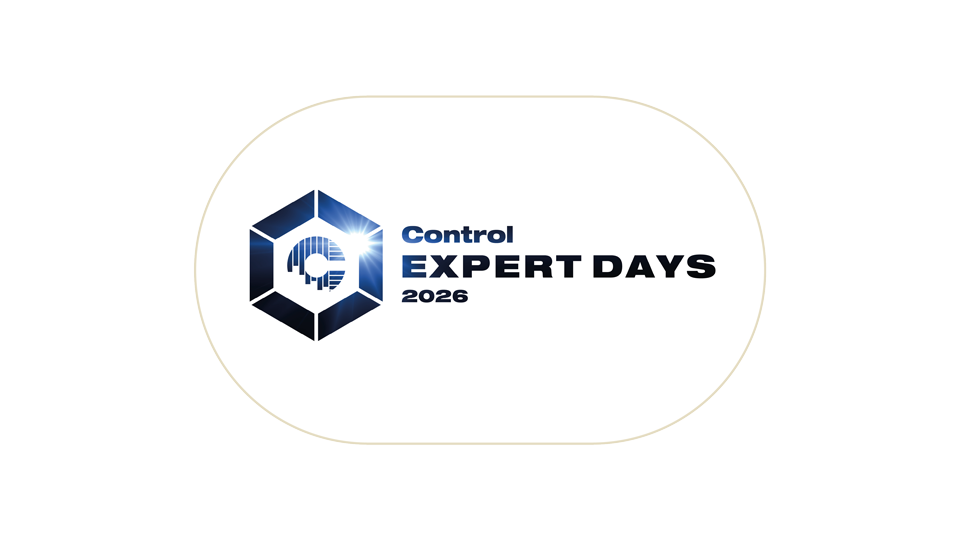The eight disciplines problem solving methodology (8D) helps companies resolve issues that arise along the entire supply chain – systematically and permanently. Making the process digital by leveraging a professional CAQ system guarantees that the associated complaints management process is both automated and traceable.
What is the eight disciplines problem solving process (8D)?
This methodology is a team-based approach to resolving complaints that arise either within the company or externally between suppliers and customers. The resulting 8D report incorporates eight disciplines or process steps that are essential for processing the complaint in a way that ensures that defects can be traced back to their root cause and prevented permanently going forward.
The 8D report is used in the context of quality assurance to expose defective products across the entire supply chain, an essential component of professional complaints management.
The eight process steps of the 8D report
D1 – Build the problem solving team
The first step is to establish a team of experts. They need to be equipped with the right kind of skills in order to monitor the process, analyze any problems that may arise, and initiate corrective actions.
D2 – Describe the problem
An in-depth description of the given problem, providing as many details as possible, will help prevent the errors that have already occurred from being repeated in the future. In this connection, it’s particularly useful to take steps such as diligently documenting the variance between the target and the actual values.
D3 – Take immediate action
Even before you begin the actual process of finding the root causes of the issue, you need to take immediate action to prevent potential damage. This way you can keep the problem from spreading any further before an adequate solution has been found.
D4 – Determine the root causes
To permanently prevent the defect in question from occurring in the future, it’s a good idea to conduct a detailed root cause analysis that includes the organizational level.
D5 – Plan corrective actions
The next step involves taking the appropriate precautions to prevent error recurrence. Conducting an effectiveness test in retrospect will verify whether the problem outlined in D2 has been eliminated.
D6 – Implement corrective actions
If the approach defined in D5 has proven to be effective, the next step is to make it permanent – and to lift the immediate measures taken in D3.
D7 – Prevent recurrence
Taking the right preventive measures will ensure that identical or similar errors do not reoccur in the future, while performance monitoring verifies the effectiveness of the corrective measures taken.
D8 – Conclude the problem solving process
To wrap things up, it’s important to document all of the lessons learned from each of the eight steps of the process so that they can be applied to similar projects in the future.
Digitalizing processes with a professional CAQ system
When a company uses a cross-plant computer-aided quality system (CAQ system) to digitalize the associated processes, that’s where the full potential of the 8D methodology really comes into its own. This kind of system establishes a completely automated and location-independent complaints management process that is transparent from start to finish. Correspondingly, companies can swiftly and seamlessly involve both their in-house staff as well as external stakeholders such as suppliers and customers in their quality-related processes.
Digitalized 8D reports support systematic complaint management
Already today, a growing number of companies have come to recognize the value of a fully digitized 8D report and are leveraging professional CAQ systems such as Approve on Fabasoft PROCECO for their complaint management. The cloud-based software for managing technical data and documents in an industrial environment features OData integration as well as interfaces that enable seamless integration into a company’s current IT systems, including SAP, to ensure trouble-free data exchange.
What’s more, the solution is fully customizable to reflect prevailing company- and project-specific processes, and ensures secure, location-independent access to all data. That means that when a member of your staff uncovers a quality defect as part of the inspection process, they can document it instantly on their mobile device and even add additional details. The process itself is then completely automatic; that is, every process owner receives his or her assigned tasks conveniently by means of push notifications.
Sustainable quality management – a model for the future
Digitalizing workflows that affect quality is a major step forward in your company’s efforts to solve problems systematically. A professional CAQ system ensures that all required measures are automatically assigned to both in-house staff and external stakeholders, while simultaneously making sure that process documentation remains fully traceable and transparent. The 8D problem solving approach generates insight that empowers your business to eliminate errors and defects efficiently and prevent them from recurring in the long term.
Are you interested in how the 8D process can be made more efficient with the help of artificial intelligence (AI)?
In my article "Innovation in Problem Solving: How AI Optimizes the 8D Method", I explain how an AI-supported CAQ system can make a lasting contribution to eliminating errors and permanently preventing their recurrence.




